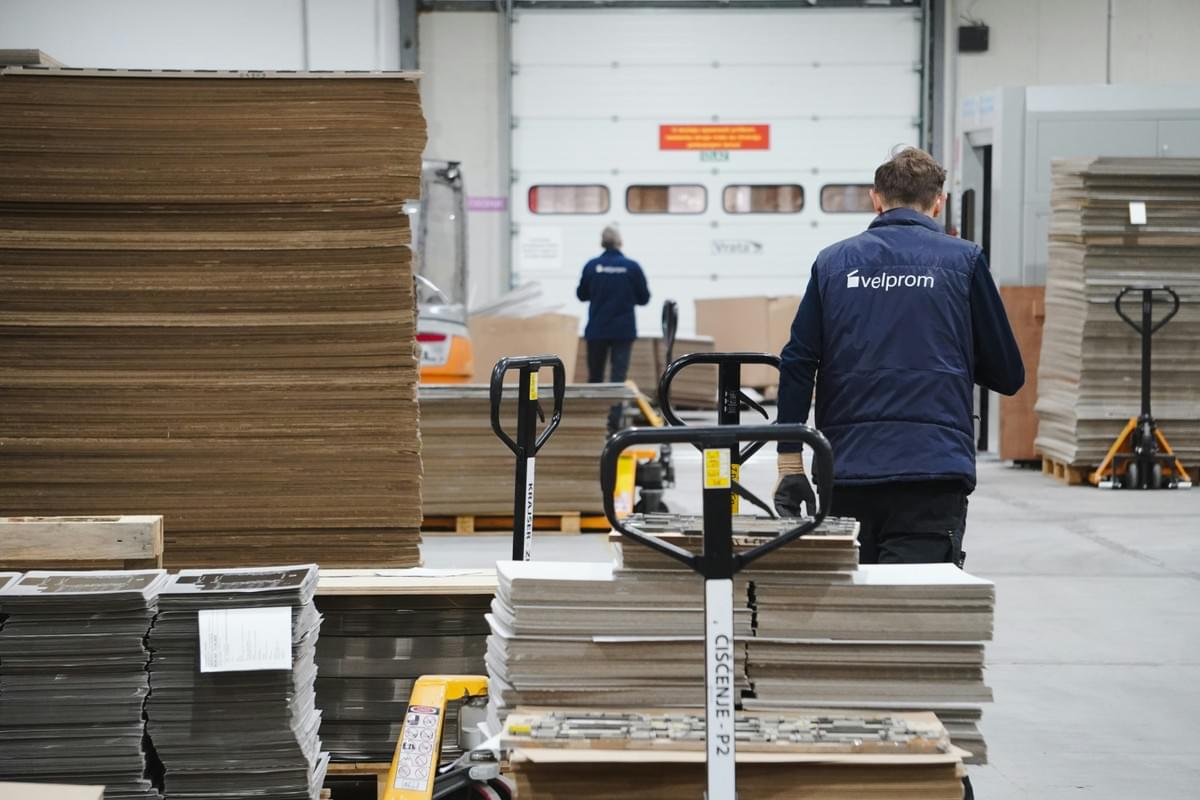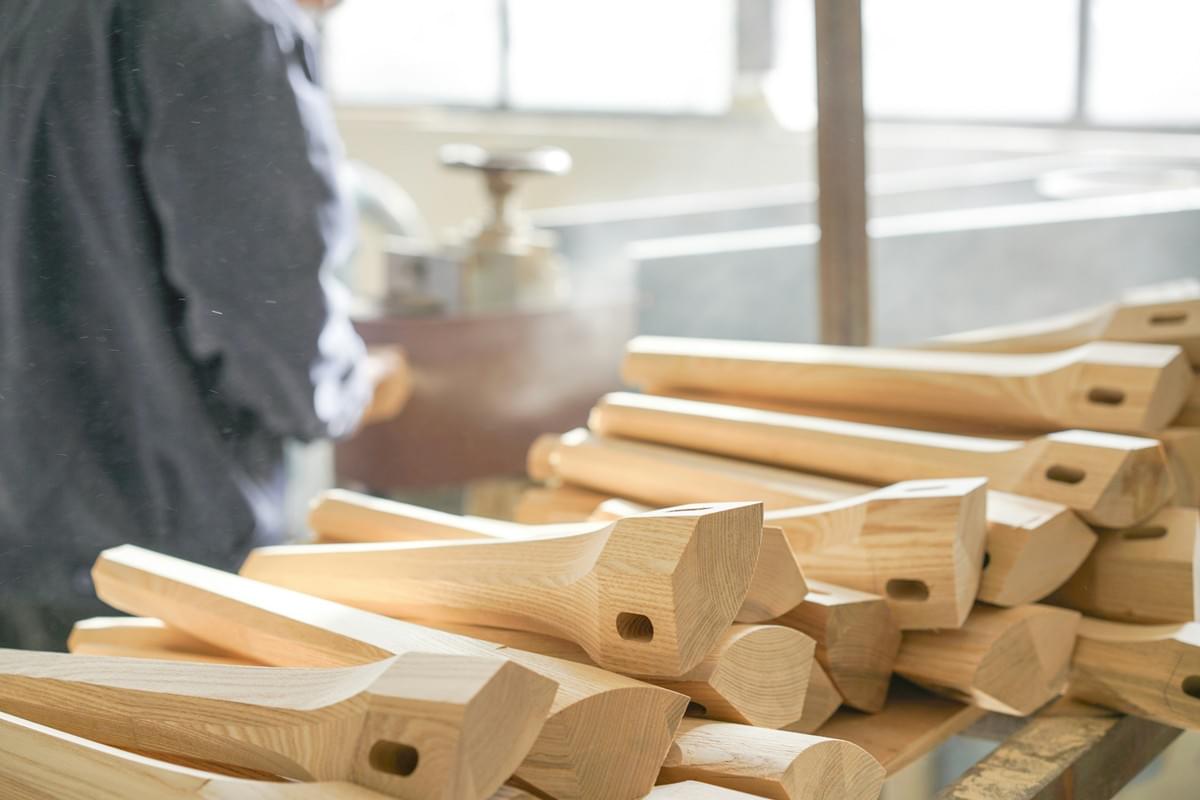Introduction

In the world of furniture manufacturing and retail, ensuring quality is paramount. Furniture inspections play a crucial role in identifying and addressing issues before products reach consumers. A thorough understanding of furniture inspections can help stakeholders mitigate risks associated with common defects, ultimately leading to satisfied customers and a stronger brand reputation.
Understanding Furniture Inspections
Furniture inspections involve a systematic assessment of furniture products to ensure they meet established quality standards. This process typically includes evaluating materials, construction techniques, and overall aesthetics to identify any potential flaws or defects. By conducting comprehensive furniture inspections, manufacturers can pinpoint problems such as material deterioration or frame distortion that could compromise the integrity of their products.
Importance of Quality Control
Quality control is essential in the furniture industry for several reasons—chiefly, it safeguards both consumer safety and brand credibility. When manufacturers prioritize quality control through effective furniture inspections, they reduce the likelihood of issues such as bad welding, burrs, sharp edges, peeling paint, rough sanding, poor finishing, or inaccurate color matching. Ultimately, maintaining high standards not only enhances customer satisfaction but also fosters long-term loyalty.
Overview of Common Defects
During furniture inspections, several common defects may be uncovered that can impact product performance and aesthetic appeal. Issues like missed markings or incorrect labeling can lead to confusion during shipping or assembly while damage to cartons can result in further complications down the line. By being aware of these potential pitfalls—ranging from structural deficiencies to cosmetic flaws—manufacturers can take proactive steps to minimize risks and deliver high-quality products.
What is a Furniture Inspection?

Definition and Process
A Furniture Inspection is defined as a comprehensive evaluation of furniture products aimed at identifying defects or deficiencies in both materials and construction. The process typically begins with an initial visual assessment, followed by detailed checks for structural integrity, finish quality, and overall appearance. Inspectors look for signs of Material Deterioration, Frame Distortion, Bad Welding, Burrs, Sharp Edges, Peeling Paint, Rough Sanding, Poor Finishing, Inaccurate Color Matching—essentially everything that could detract from the product's value.
During this inspection process, each piece of furniture is scrutinized from multiple angles to ensure that it meets industry standards and customer expectations. Inspectors use specialized tools to measure dimensions accurately and assess the quality of finishes applied to surfaces. This meticulous approach helps identify defects early on so manufacturers can address them before products reach retailers or consumers.
Role of Third-Party Inspectors
Third-party inspectors play a crucial role in maintaining high standards in the furniture manufacturing industry by providing impartial evaluations during Furniture Inspections. These professionals bring expertise and objectivity to the table—literally! They are trained to spot even the most subtle Common Defects Found During Furniture Inspections that might go unnoticed by manufacturers who are too close to their own products.
By hiring third-party inspectors, companies can gain valuable insights into their production processes while also enhancing their credibility with customers. These inspectors serve as an extra set of eyes on issues like Material Deterioration or Frame Distortion that could lead to costly recalls or customer dissatisfaction if left unchecked. Their reports offer actionable feedback for manufacturers looking to improve their offerings while reducing risks associated with Bad Welding or other structural flaws.
Benefits of Using China Inspection Pro
Partnering with China Inspection Pro for your Furniture Inspections comes with numerous advantages that can streamline your quality control processes significantly. First off, they specialize in identifying Common Defects Found During Furniture Inspections specific to various types of furniture produced in China—making them experts in spotting issues like Missed Markings or Incorrect Labeling before they escalate into bigger problems.
Additionally, China Inspection Pro employs experienced professionals who understand local manufacturing practices and standards intimately; this means they know precisely what red flags to look out for during inspections—whether it’s Peeling Paint from poor finishing techniques or damage caused during packaging due to inadequate carton protection. Their thorough reports provide peace of mind by ensuring all aspects—from material integrity to packaging—are up-to-par before shipment.
In summary, utilizing China Inspection Pro not only enhances product quality but also fosters trust between manufacturers and consumers through transparent assessments focused on delivering defect-free furniture products every time.
Common Defects Found During Furniture Inspections

When it comes to furniture, even the smallest defect can lead to bigger issues down the line. During a furniture inspection, various common defects are often identified that can compromise not just the aesthetics but also the functionality and longevity of the piece. Understanding these defects is crucial for both manufacturers and consumers alike to ensure quality control and satisfaction.
Material Deterioration and Its Impact
Material deterioration is one of the most prevalent issues found during furniture inspections, often manifesting as cracks, warping, or discoloration. This deterioration can stem from exposure to moisture, temperature fluctuations, or simply poor-quality materials used in production. The impact of material deterioration goes beyond just appearance; it can affect structural integrity and lead to costly repairs or replacements.
When inspecting furniture for material deterioration, look for signs like peeling paint or rough sanding that may indicate inadequate finishing processes. Additionally, inaccurate color matching may also suggest underlying material issues that could detract from overall quality. By addressing these concerns early on during a furniture inspection, you can prevent larger problems from arising later.
Frame Distortion: The Silent Saboteur
Frame distortion is another sneaky defect that often goes unnoticed until it's too late. This issue typically arises when frames are improperly assembled or subjected to excessive weight without adequate support. The result? A wobbly chair or an unbalanced table that fails to serve its purpose effectively—definitely not what you want after investing in new furniture!
During a thorough furniture inspection, pay close attention to how components align within the frame; any misalignment can signal potential frame distortion issues down the line. If left unchecked, this silent saboteur could lead to significant wear and tear over time. Therefore, catching frame distortion early ensures your investment remains stable and functional.
Bad Welding, Burrs, and Sharp Edges
Bad welding is a defect that's not just about aesthetics; it poses safety risks as well! Poorly executed welds can weaken joints in metal furniture pieces leading to catastrophic failures when least expected—definitely a nightmare scenario! Coupled with burrs and sharp edges resulting from rough manufacturing processes, this defect creates an unsafe environment for users.
During your next furniture inspection, make sure you examine all welded joints closely for signs of bad welding techniques such as uneven surfaces or incomplete joins. Also check for any burrs or sharp edges that could cause injury while using the piece—after all, no one wants their new coffee table turning into an accidental weapon! Identifying these common defects allows manufacturers to uphold safety standards while enhancing overall quality control.
Visual and Structural Quality Checks
In the world of furniture, visual and structural quality checks are non-negotiable. These inspections ensure that the items not only look great but also stand the test of time against common defects found during furniture inspections. A keen eye for detail can save you from material deterioration, frame distortion, and other pitfalls that could ruin your investment.
Peeling Paint and Poor Finishing
Peeling paint is more than just an eyesore; it signals poor finishing techniques that can lead to bigger problems down the line. During a thorough furniture inspection, it's crucial to identify these issues early on to prevent further material deterioration. Poor finishing not only affects aesthetics but can also compromise the durability of the piece, making it susceptible to environmental factors.
Additionally, peeling paint can indicate inadequate surface preparation prior to application. If a piece is not properly sanded or primed, it may result in adhesion failure, leading to unsightly flakes over time. Therefore, ensuring a high-quality finish is essential for both appearance and longevity.
Rough Sanding: More Than Just Aesthetics
Rough sanding might seem like a minor flaw at first glance, but it has far-reaching implications beyond mere aesthetics. It can affect how well finishes adhere to surfaces and may even contribute to frame distortion if left unchecked during furniture inspections. When rough edges are present due to improper sanding techniques, they can lead to splinters or damage over time.
Moreover, rough sanding often results in an uneven texture that detracts from the overall beauty of the piece. This defect can be particularly detrimental in high-end furniture where smoothness is key for tactile appeal and visual harmony. Thus, addressing rough sanding should be a priority during quality checks.
Inaccurate Color Matching
Inaccurate color matching is another common defect found during furniture inspections that can throw off an entire room's aesthetic balance. Whether it's mismatched finishes or colors that don't align with design specifications, this issue deserves immediate attention before it leads to customer dissatisfaction or returns due to incorrect labeling or missed markings on packaging.
Color inconsistencies often arise from variations in materials or poor quality control during production phases—factors that should be scrutinized closely by third-party inspectors like China Inspection Pro. Not only does inaccurate color matching undermine visual appeal, but it also suggests deeper issues within manufacturing processes that could hint at future problems like bad welding or sharp edges appearing unexpectedly.
Labeling and Packaging Inspection
When it comes to furniture inspection, labeling and packaging are often overlooked but play a crucial role in ensuring products reach their destinations intact. Proper labels not only provide essential information but also help prevent costly mistakes during shipping and handling. Inadequate attention to this aspect can lead to common defects found during furniture inspections, resulting in unhappy customers and potential financial losses.
Missed Markings and Their Consequences
Missed markings on furniture can have serious repercussions that extend beyond mere aesthetics. These markings often indicate important details such as handling instructions, safety warnings, or product specifications that are vital for both retailers and consumers. Without these critical labels, items may be mishandled or misused, leading to material deterioration or even frame distortion over time.
Incorrect Labeling: A Common Oversight
Incorrect labeling is a frequent oversight that can create confusion and chaos in the supply chain. Whether it's a simple typo or an entirely wrong product description, these errors can result in significant delays and dissatisfaction among customers. During furniture inspections, identifying incorrect labeling helps mitigate issues like bad welding or rough sanding from being attributed to the wrong item, ensuring that quality control remains intact.
Damage to Cartons: Preventing Further Issues
Damage to cartons is another area of concern that should not be underestimated during furniture inspection processes. A carton with visible damage may suggest that its contents have been compromised, potentially leading to peeling paint or poor finishing on the actual furniture pieces inside. By proactively inspecting packaging for damage before shipment, businesses can prevent further issues down the line—saving both time and money while maintaining customer satisfaction.
How to Conduct Your Own Furniture Inspection

Taking the initiative to conduct your own furniture inspection can save you time and money while ensuring that your pieces meet quality standards. With a comprehensive approach, you can identify common defects found during furniture inspections, such as material deterioration and frame distortion. This section will guide you through creating a personal checklist, essential tools and techniques, and knowing when to call in the professionals.
Creating a Personal Checklist
Start by listing out all the common defects found during furniture inspections that you want to check for—think material deterioration, frame distortion, bad welding, burrs, sharp edges, peeling paint, rough sanding, poor finishing, and inaccurate color matching. This will help ensure that no detail is overlooked as you assess each piece of furniture.
Next, categorize your checklist into sections like structural integrity and aesthetic quality. For example, under structural integrity, include items like “check for frame distortion” and “inspect for bad welding.” In the aesthetic section, focus on peeling paint or poor finishing to ensure that every aspect of the furniture meets your expectations.
Lastly, remember to keep your checklist handy during the inspection process. This not only helps streamline the evaluation but also allows you to document any issues for future reference or discussions with suppliers about missed markings or incorrect labeling.
Essential Tools and Techniques
When it comes to conducting an effective furniture inspection at home or in a warehouse setting, having the right tools is crucial. Equip yourself with a measuring tape for checking dimensions against specifications—this can help spot inaccuracies in size that may affect usability. A level tool can also assist in identifying frame distortion by ensuring surfaces are even.
Additionally, consider using magnifying glasses or flashlights when inspecting details like bad welding or burrs on metal parts; these tools allow for closer examination of potential flaws that might otherwise go unnoticed. For wood finishes and paints, having samples on hand can aid in detecting inaccurate color matching against what was promised.
Finally, take notes throughout your inspection process—documenting findings will make it easier if you need to escalate any issues later on regarding damage to cartons or other defects discovered during your thorough examination of each piece.
When to Call in the Professionals
While conducting your own furniture inspection can be rewarding and informative, there are instances when calling in professionals is beneficial—or even necessary! If you encounter complex issues such as severe material deterioration or extensive frame distortion that could compromise safety or functionality requirements beyond basic repairs; it’s best not to go solo here.
Additionally, if you're overwhelmed by multiple pieces needing attention simultaneously—especially those with bad welding or sharp edges—it might be wise to enlist expert help from third-party inspectors who specialize in this area of quality control. They have experience identifying subtle flaws that may elude even seasoned DIY inspectors.
Lastly—and this is key—if you're dealing with high-value items where incorrect labeling could lead to significant financial loss due to returns or damaged goods; professional insight ensures everything adheres strictly not just visually but also logistically according industry standards!
Conclusion
In wrapping up our exploration of furniture inspections, it's clear that a thorough examination can save both time and money in the long run. Recognizing common defects found during furniture inspections—such as material deterioration, frame distortion, and issues like bad welding, burrs, and sharp edges—can lead to better quality control and customer satisfaction. With a keen eye for detail, one can prevent costly mistakes before they escalate into larger problems.
Key Takeaways on Furniture Inspection
Furniture inspection is not just an optional step; it's an essential part of ensuring quality in any furniture manufacturing process. Common defects found during furniture inspections highlight the importance of vigilance—whether it’s identifying peeling paint, rough sanding, or poor finishing that could tarnish a product's appeal. Remembering to check for inaccurate color matching can also make a significant difference in overall presentation and customer satisfaction.
The Role of Quality Control in Furniture
Quality control serves as the backbone of any successful furniture business by minimizing risks associated with defects like missed markings or incorrect labeling. When businesses invest in rigorous inspections, they not only safeguard their reputation but also enhance consumer trust by preventing damage to cartons or other packaging mishaps that could arise during shipping. In short, maintaining high standards through effective quality control ensures that customers receive products they love without unwelcome surprises.
Partnering with China Inspection Pro for Success
For those serious about elevating their quality assurance processes, partnering with China Inspection Pro is an excellent move towards success in the competitive world of furniture manufacturing. Their expertise helps identify issues such as bad welding or frame distortion before products reach consumers’ hands. By utilizing their services, businesses can confidently navigate the complexities of global sourcing while ensuring every piece meets stringent quality standards.
